Find Help
More Items From Ergsy search
-
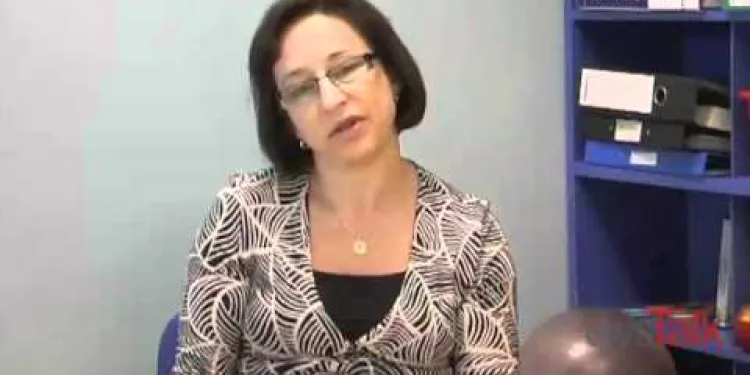
Dyspraxia Symptoms & Signs
Relevance: 100%
-
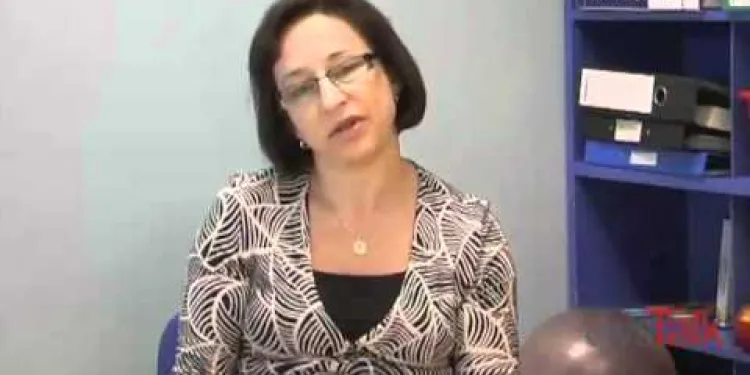
Dyspraxia Symptoms & Signs
Relevance: 99%
-
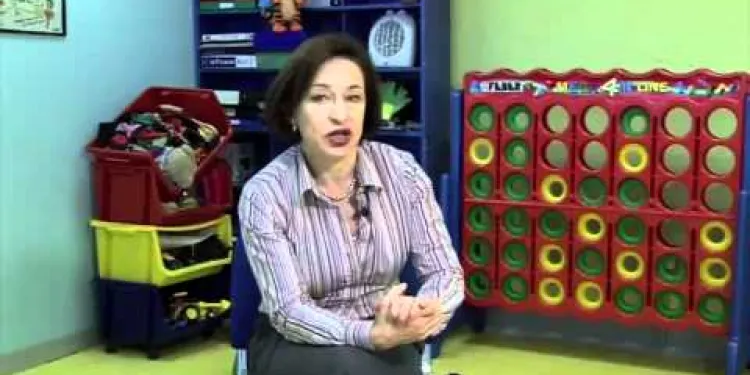
Children With Co-ordination Difficulties and Dyspraxia
Relevance: 63%
-

What is Dyspraxia? (Short Version)
Relevance: 62%
-

Dyspraxia Children: How to Help
Relevance: 61%
-
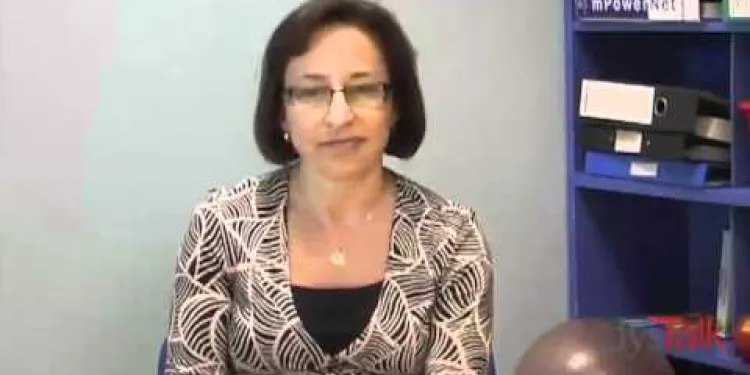
What is Dyspraxia (DCD)?
Relevance: 61%
-
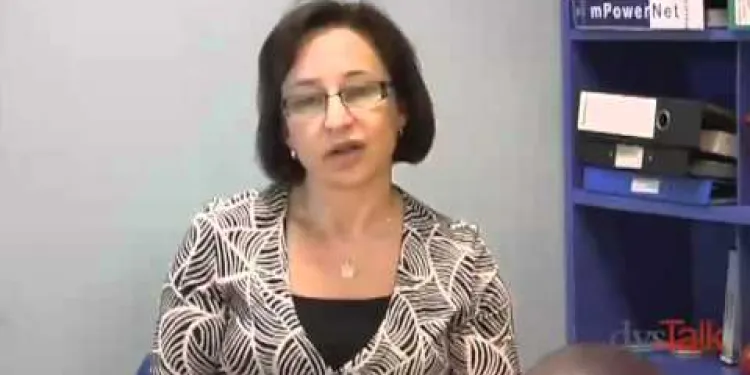
Dyslexia, Dyspraxia & Overlapping Learning Difficulties
Relevance: 59%
-
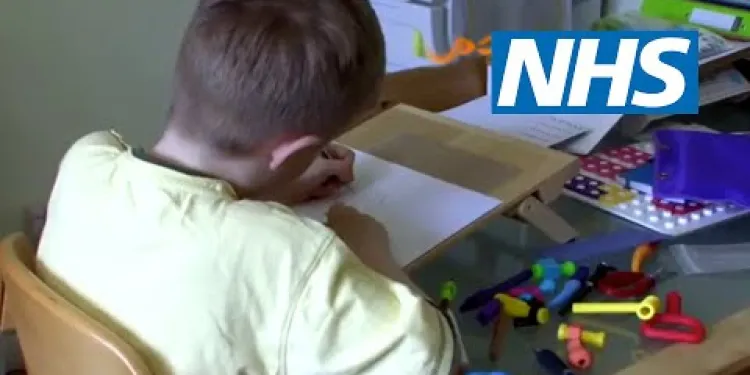
Childhood dyspraxia: James' story | NHS
Relevance: 54%
-

Leukaemia: What are the signs and symptoms? | NHS
Relevance: 44%
-

About Breast cancer - signs and symptoms | NHS
Relevance: 41%
-

An Introduction to Decompression Illness: Signs & Symptoms”. Dr Roland Armes
Relevance: 38%
-

Bowel cancer - Symptoms and signs to look out for
Relevance: 38%
-

Ovarian cancer - signs and symptoms to look out for
Relevance: 38%
-
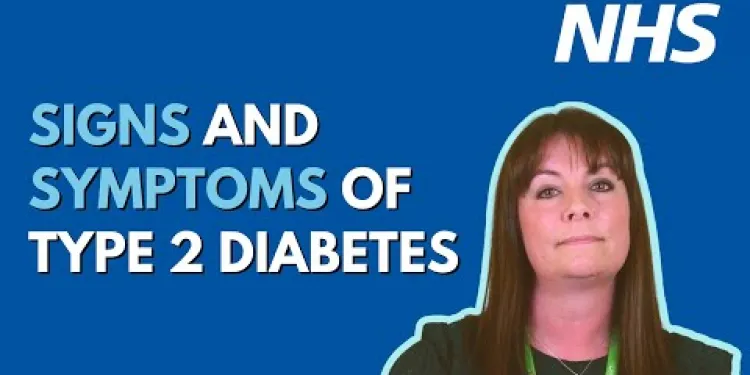
Type 2 diabetes - common signs and symptoms UHL NHS Trust
Relevance: 33%
-

What are the signs of meningitis in infants?
Relevance: 32%
-

What are the signs of heat exhaustion?
Relevance: 32%
-

What is bronchiolitis in children? The symptoms, warning signs and when to seek medical help
Relevance: 30%
-

What are some signs of heat exhaustion?
Relevance: 30%
-

What are the signs of autism?
Relevance: 30%
-

What is the first sign of Lyme disease?
Relevance: 29%
-

What are the signs that my relationship is making me depressed?
Relevance: 28%
-

What are the symptoms of sunburn?
Relevance: 27%
-

What are the symptoms of chickenpox?
Relevance: 26%
-

What are the symptoms of the bubonic plague?
Relevance: 26%
-

What are the symptoms of shingles?
Relevance: 26%
-

Is snoring always a sign of sleep apnea?
Relevance: 26%
-

What are the symptoms of tooth decay?
Relevance: 26%
-

What are the symptoms of testicular cancer?
Relevance: 26%
-

What are the symptoms of measles?
Relevance: 26%
-

Symptoms of coeliac disease
Relevance: 26%
-
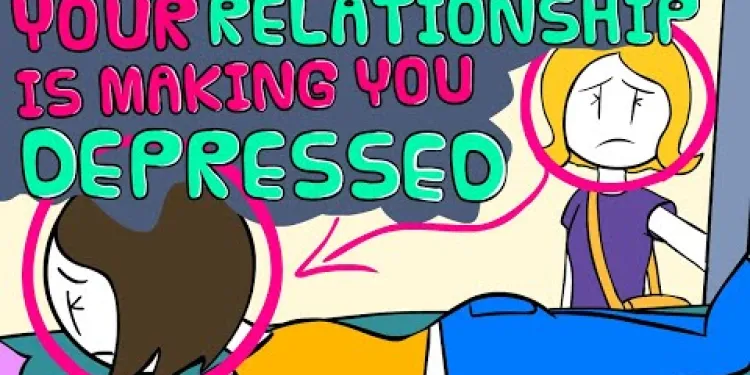
7 Signs Your Relationship is Making You Depressed
Relevance: 25%
-

How do you sign up for the Postcode Lottery?
Relevance: 25%
-

The symptoms of gonorrhoea
Relevance: 25%
-

What are the symptoms of arterial thrombosis?
Relevance: 25%
-

What are the main symptoms of ADHD?
Relevance: 25%
-

What are common symptoms of meningitis?
Relevance: 25%
-
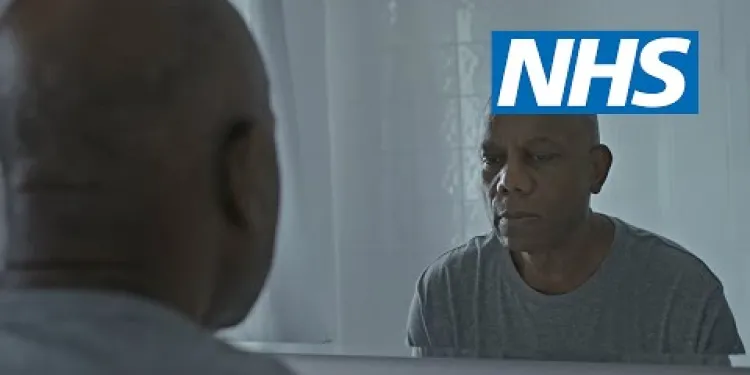
Worried about signs that could be cancer? Contact your GP practice | NHS
Relevance: 25%
-

What are the signs of honour based abuse?
Relevance: 25%
-
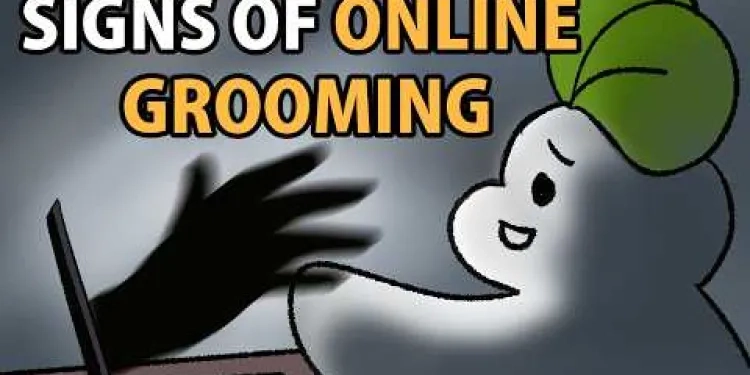
5 Warning Signs of Online Grooming
Relevance: 25%
-
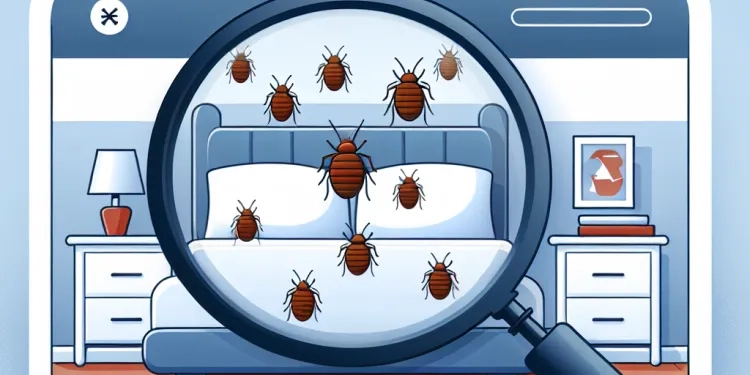
What are the signs of a bed bug infestation?
Relevance: 24%
Dyspraxia Symptoms & Signs
Understanding Dyspraxia
Dyspraxia, also known as Developmental Coordination Disorder (DCD), is a neurological condition affecting physical coordination. It is a lifelong condition that is more commonly recognized in children but can continue to impact individuals into adulthood. Dyspraxia can influence a person's ability to perform everyday tasks, impacting their academic, work, and social environments.Common Symptoms in Children
Children with dyspraxia often display a variety of symptoms. These may include difficulty with fine and gross motor skills, making tasks such as writing, using scissors, or participating in sports challenging. They might appear clumsy or uncoordinated and can struggle with activities that require a sequence of movements, like tying shoelaces or getting dressed. Additionally, children with dyspraxia may experience problems with spatial awareness, making it difficult to navigate crowded spaces or judge distances.Signs in Adolescents and Adults
As individuals with dyspraxia mature, the symptoms can evolve. Adolescents and adults may experience continued challenges with coordination, affecting tasks such as driving or cooking. They commonly face issues with planning and executing movements, leading to difficulties in daily life and occupational settings. Dyspraxia can also affect organizational skills, time management, and the ability to multitask, resulting in struggles with meeting deadlines and managing workloads.Associated Difficulties
Dyspraxia frequently coexists with other learning difficulties and conditions. For example, individuals with dyspraxia may also have dyslexia, ADHD, or autism spectrum disorder. There can be emotional and social difficulties as well; those with dyspraxia might experience lower self-esteem, frustration, and anxiety due to their challenges. Social interactions can be affected by difficulties with verbal and non-verbal communication, leading to social isolation or misunderstandings in social settings.Seeking Support
In the United Kingdom, support for individuals with dyspraxia is available through various channels. Diagnosis often involves a multidisciplinary team, including paediatricians, occupational therapists, and educational psychologists. Early intervention and tailored strategies, such as occupational therapy and specialized educational support, can significantly improve outcomes. Support groups and charities, like the Dyspraxia Foundation UK, provide valuable resources and community support for individuals and families affected by dyspraxia.Dyspraxia Symptoms & Signs
What is Dyspraxia?
Dyspraxia is a condition that affects how the brain tells the body to move. It is a lifelong condition, which means people have it for their whole life. Dyspraxia affects children, but it can also affect adults. It makes everyday tasks like schoolwork, work tasks, and social activities harder.Common Signs in Children
Children with dyspraxia may have trouble with small movements and big movements. This means they might find writing, cutting with scissors, or playing sports hard. They might seem clumsy and have trouble with actions that need steps, like tying shoelaces or getting dressed. They might also have trouble knowing where their body is in space, making it hard to walk in crowded places or understand how far away things are.Signs in Teenagers and Adults
As people with dyspraxia grow up, they may still have trouble with coordination. This can make things like driving or cooking difficult. They might struggle with planning and doing movements, which makes daily tasks and work harder. People with dyspraxia can also have problems getting organized, managing time, and doing more than one thing at a time. This can make it hard to meet deadlines and keep up with tasks at work or school.Other Challenges
Dyspraxia often happens with other learning and health challenges. People with dyspraxia might also have things like dyslexia, ADHD, or autism. They can also have problems with feelings and making friends. They might feel sad, frustrated, or worried because of their challenges. They might find it hard to talk to others or understand body language, which can make it hard to make friends and keep them.Getting Help
In the UK, there is help for people with dyspraxia. To find out if someone has dyspraxia, they might see doctors, therapists, and psychologists. Getting help early and having a plan can make things better. This might include working with specialists who can teach new ways to do things. There are also support groups and charities like the Dyspraxia Foundation UK that offer help and advice for people and families with dyspraxia.Frequently Asked Questions
What is dyspraxia?
Dyspraxia, also known as Developmental Coordination Disorder (DCD), is a neurological disorder that affects motor coordination and can impact daily activities and learning.
What are the common symptoms of dyspraxia?
Common symptoms include poor balance, difficulty with motor tasks, poor hand-eye coordination, sensitivity to sensory input, difficulty with organisation and time management, and challenges with speech or articulation.
At what age can dyspraxia be diagnosed?
Dyspraxia can be diagnosed at any age, but it is often identified in early childhood when motor skills typically develop. Diagnosis can continue into adolescence and adulthood as well.
How is dyspraxia diagnosed?
Diagnosis typically involves assessments by healthcare professionals such as occupational therapists, physiotherapists, and educational psychologists evaluating motor skills, coordination, and developmental history.
Is dyspraxia a learning disability?
While dyspraxia itself is not a learning disability, it can co-occur with learning disabilities. It primarily affects motor coordination but can also impact learning due to difficulties in physical tasks.
What causes dyspraxia?
The exact cause is unknown, but it is believed to involve abnormalities in the development of neurons in the brain responsible for motor coordination.
Can dyspraxia be cured?
There is no cure for dyspraxia, but with therapy and support, individuals can manage symptoms and develop skills to improve their daily functioning.
What types of therapies are available for dyspraxia?
Therapies can include occupational therapy, physiotherapy, speech and language therapy, and educational support to help develop coordination, communication, and organisational skills.
How does dyspraxia affect adults?
Adults with dyspraxia may experience challenges with organisation, time management, driving, and tasks requiring fine motor skills. Many continue to benefit from strategies and accommodations to manage symptoms.
Are there any specific exercises to help with dyspraxia?
Exercises to improve balance, coordination, and motor skills can be beneficial. Occupational therapists often design personalised exercise plans to address specific needs.
Can diet affect dyspraxia symptoms?
There is no specific diet to treat dyspraxia, but a healthy, balanced diet can support overall well-being and brain function. Some report improvement with specific nutritional approaches, but evidence is limited.
What accommodations can help children with dyspraxia in school?
Accommodations may include extra time for tasks, the use of technology for writing, a quiet space for work, and tailored physical education (PE) activities.
Is dyspraxia more common in boys or girls?
Dyspraxia is more commonly diagnosed in boys than girls, though it can affect individuals of any gender.
How can parents support a child with dyspraxia?
Parents can support by understanding the condition, collaborating with therapists and educators, providing a structured and supportive environment, and encouraging involvement in activities that build motor skills.
Can dyspraxia affect mental health?
Yes, individuals with dyspraxia may experience anxiety, low self-esteem, and depression due to the challenges they face. Support from mental health professionals can be beneficial.
What is dyspraxia?
Dyspraxia is when your brain finds it hard to send messages to your body. This makes it difficult to move or do things easily, like writing or playing sports.
Signs of dyspraxia can be:
- Clumsiness
- Trouble with balance
- Finding it hard to button clothes
- Messy handwriting
If you think you might have dyspraxia, talk to a doctor or teacher. They can help you. There are tools and games that can make learning easier. Special lessons can also help. You don't have to do it alone!
Dyspraxia, also called Developmental Coordination Disorder (DCD), is a brain problem that makes it hard for people to move their bodies. It can make everyday things and learning tough.
What are the common signs of dyspraxia?
Dyspraxia is a condition that affects movement and coordination. People with dyspraxia can have trouble with big movements and small movements.
Here are some common signs to look out for:
- Trouble learning to ride a bike or catch a ball.
- Finding it hard to draw, write, or button up clothes.
- Being clumsy or bumping into things a lot.
- Having a hard time with tasks that need a lot of steps, like brushing teeth.
- Struggling with balance, like standing on one foot.
If you think you or someone you know might have dyspraxia, it can help to talk to someone who knows a lot about it, like a doctor or a teacher.
Using tools like picture guides or checklists can make tasks easier. Practicing movements step by step can also help improve skills.
Here are some common problems people might have:
- Trouble keeping steady and balanced.
- Finding it hard to do tasks that need body movement.
- Struggling to use their hands and eyes together well.
- Being bothered by bright lights, loud sounds, or strong smells.
- Finding it difficult to get things organised and keep track of time.
- Having a hard time speaking clearly.
Helpful tools can be:
- A timer to keep track of time.
- A planner or list to organise tasks.
- Quiet spaces to help with sensory issues.
- Speech games or apps to practice speaking.
Ask a teacher or helper for more ideas.
When can dyspraxia be found out?
Doctors can find out if someone has dyspraxia when they are about 5 years old. This is because children start to show signs around this age.
If you think your child might have dyspraxia, talk to a doctor. They can help you understand more.
Using pictures and games can help kids learn better. You can also try fun exercises to improve their skills.
Doctors can find out if someone has dyspraxia at any age. But, they often notice it when kids are young because that is when they learn to move and play. People can also be diagnosed when they are teenagers or adults.
How do doctors find out if someone has dyspraxia?
Doctors use tests and ask questions to find out if a person has dyspraxia.
Here are some things they might do:
- Ask about the person's problems with moving or doing things like using a pencil.
- Watch how the person moves and does tasks.
- Talk to parents and teachers about what they see.
Some tools that can help with dyspraxia are:
- Using checklists to stay organized.
- Practicing skills step by step.
- Working with a therapist.
Doctors and other health helpers check how you move and learn. This might be with people like occupational therapists, physiotherapists, and educational psychologists. They look at how you move your body and how you've grown and learned over time.
It can help to use tools like pictures, videos, or games to make learning easier.
Is dyspraxia a learning problem?
Dyspraxia makes it hard for some people to move and do things. It can make writing, drawing, or sports difficult. Dyspraxia is not a learning disability, but it can make learning harder.
Some helpful tools can make things easier. You can use a computer to type instead of write. You can also take breaks to rest your brain and body.
Dyspraxia is not a learning problem, but it can happen with learning problems. Dyspraxia makes it hard to move your body and can make learning trickier because physical tasks are difficult.
What makes dyspraxia happen?
Dyspraxia is when your brain finds it hard to plan and do movements. Doctors are not sure why it happens, but here are some ideas:
- Genes: It can run in families. This means if someone in your family has it, you might have it too.
- Brain development: Sometimes, the brain grows differently. This can make it hard for messages to move from your brain to your body.
- Before birth: Things that happen when a baby is growing in the tummy might affect it.
Dyspraxia is nobody's fault. If you have dyspraxia, tools can help. You can ask a teacher or parent for help. They might show you special ways to learn and practice skills.
We do not know for sure what causes it, but we think it might be because of problems in the brain’s nerve cells. These nerve cells help us move our bodies properly.
Can dyspraxia be fixed?
No, dyspraxia cannot be cured. This means it does not go away.
But there are ways to make it easier. People with dyspraxia can learn new skills. They can also use tools to help them do things better.
Occupational therapy can help. This is a special kind of help that teaches you how to do everyday tasks.
Tools like apps or special grips for pens can also help. These make writing or using the computer easier.
It's important to ask for help and use tools. This can make life with dyspraxia easier.
There is no way to make dyspraxia go away. But, with help and practice, people can get better at doing things every day.
What types of treatments can help with dyspraxia?
There are different types of help you can get. You can have help with moving your body, called occupational therapy or physiotherapy. You can also have help with talking and understanding words, called speech and language therapy. There is support at school too. All these can help you get better at moving, talking, and planning.
How does dyspraxia affect grown-ups?
Dyspraxia can make it hard for grown-ups to do some things. Here are some ways it might affect them:
- Trouble with balance, like walking smoothly.
- Finding it hard to do tasks that need hands, like writing or cooking.
- Getting tired quickly when doing things.
- Finding it tough to keep things organized.
- Having a hard time remembering directions.
- Feeling anxious in new places or situations.
People with dyspraxia can do things to help themselves, such as:
- Practicing exercises that make balance better.
- Using special tools to help with writing or cooking.
- Taking breaks so they don’t get too tired.
- Making lists to remember what to do.
- Asking for help when needed.
These can make living with dyspraxia easier for grown-ups.
Grown-ups with dyspraxia can have trouble with getting organized, managing time, driving, and doing tasks that need small movements. Lots of people still find it helpful to use special tricks and changes to handle these challenges.
Can exercises help people with dyspraxia?
Doing exercises can help you balance better and move more easily. Sometimes, special helpers, called occupational therapists, make exercise plans just for you to help with the things you find hard.
Can food help with dyspraxia?
There is no special food plan to help dyspraxia. But eating healthy foods can make you feel better and help your brain work well. Some people say certain foods help them, but scientists are not sure yet.
How can we help kids with dyspraxia at school?
Here are some ways to help:
- Use simple and clear instructions.
- Give extra time to finish work.
- Let them use a computer for writing.
- Give them a helper or buddy.
These tools might help:
- Speech-to-text apps to help with writing.
- Organizational apps to help with planning each day.
- Physical exercises to improve movement skills.
Sometimes, people need extra help to make things easier. This help can be:
- Having more time to finish work.
- Using a computer or tablet to write.
- Working in a quiet room.
- Doing special activities in gym class.
Do more boys or girls have dyspraxia?
Dyspraxia is a condition that can make it hard to move and do things. It is more common in boys than in girls.
If you find reading or understanding this hard, you can ask someone to help read it to you, or you can listen to an audio version. You can also break it down into smaller parts to make it easier to understand.
More boys than girls are told they have dyspraxia. But anyone can have dyspraxia, no matter if they are a boy or a girl.
How can parents help a child with dyspraxia?
Dyspraxia can make things like moving, writing, or playing sports hard for a child. Here are some ways parents can help:
- Be patient: Give your child extra time to learn new things.
- Use simple words: Explain things using easy words and short sentences.
- Break tasks into steps: Help your child by splitting a job into small, easy parts.
- Practice together: Spend time practicing skills like writing or catching a ball.
- Encourage them: Praise your child when they try hard, even if they make mistakes.
- Help them organize: Use charts or pictures to help your child remember what to do.
- Use technology: Show them apps or games that make learning easier and more fun.
Parents can talk to teachers or therapists for more ideas.
Parents can help by learning about the condition, working with therapists and teachers, creating a calm and supportive home, and letting their child do activities that help them move better.
Does dyspraxia affect how we feel?
Dyspraxia can make learning and moving harder. This can make someone feel sad or worried.
Here are some ways to help:
- Talk to someone you trust about how you feel.
- Use calming activities, like listening to music or drawing.
- Ask a teacher or adult for help at school.
People with dyspraxia might feel worried, sad, or not good about themselves because of the difficulties they have. Talking to someone who helps with feelings, like a counselor, can be helpful.
Useful Links
- Ergsy carfully checks the information in the videos we provide here.
- Videos shown by Youtube after a video has completed, have NOT been reviewed by ERGSY.
- To view, click the arrow in centre of video.
- Most of the videos you find here will have subtitles and/or closed captions available.
- You may need to turn these on, and choose your preferred language.
- Go to the video you'd like to watch.
- If closed captions (CC) are available, settings will be visible on the bottom right of the video player.
- To turn on Captions, click settings .
- To turn off Captions, click settings again.
More Items From Ergsy search
-

Dyspraxia Symptoms & Signs
Relevance: 100%
-

Dyspraxia Symptoms & Signs
Relevance: 99%
-

Children With Co-ordination Difficulties and Dyspraxia
Relevance: 63%
-

What is Dyspraxia? (Short Version)
Relevance: 62%
-

Dyspraxia Children: How to Help
Relevance: 61%
-

What is Dyspraxia (DCD)?
Relevance: 61%
-

Dyslexia, Dyspraxia & Overlapping Learning Difficulties
Relevance: 59%
-

Childhood dyspraxia: James' story | NHS
Relevance: 54%
-

Leukaemia: What are the signs and symptoms? | NHS
Relevance: 44%
-

About Breast cancer - signs and symptoms | NHS
Relevance: 41%
-

An Introduction to Decompression Illness: Signs & Symptoms”. Dr Roland Armes
Relevance: 38%
-

Bowel cancer - Symptoms and signs to look out for
Relevance: 38%
-

Ovarian cancer - signs and symptoms to look out for
Relevance: 38%
-

Type 2 diabetes - common signs and symptoms UHL NHS Trust
Relevance: 33%
-

What are the signs of meningitis in infants?
Relevance: 32%
-

What are the signs of heat exhaustion?
Relevance: 32%
-

What is bronchiolitis in children? The symptoms, warning signs and when to seek medical help
Relevance: 30%
-

What are some signs of heat exhaustion?
Relevance: 30%
-

What are the signs of autism?
Relevance: 30%
-

What is the first sign of Lyme disease?
Relevance: 29%
-

What are the signs that my relationship is making me depressed?
Relevance: 28%
-

What are the symptoms of sunburn?
Relevance: 27%
-

What are the symptoms of chickenpox?
Relevance: 26%
-

What are the symptoms of the bubonic plague?
Relevance: 26%
-

What are the symptoms of shingles?
Relevance: 26%
-

Is snoring always a sign of sleep apnea?
Relevance: 26%
-

What are the symptoms of tooth decay?
Relevance: 26%
-

What are the symptoms of testicular cancer?
Relevance: 26%
-

What are the symptoms of measles?
Relevance: 26%
-

Symptoms of coeliac disease
Relevance: 26%
-

7 Signs Your Relationship is Making You Depressed
Relevance: 25%
-

How do you sign up for the Postcode Lottery?
Relevance: 25%
-

The symptoms of gonorrhoea
Relevance: 25%
-

What are the symptoms of arterial thrombosis?
Relevance: 25%
-

What are the main symptoms of ADHD?
Relevance: 25%
-

What are common symptoms of meningitis?
Relevance: 25%
-

Worried about signs that could be cancer? Contact your GP practice | NHS
Relevance: 25%
-

What are the signs of honour based abuse?
Relevance: 25%
-

5 Warning Signs of Online Grooming
Relevance: 25%
-

What are the signs of a bed bug infestation?
Relevance: 24%


